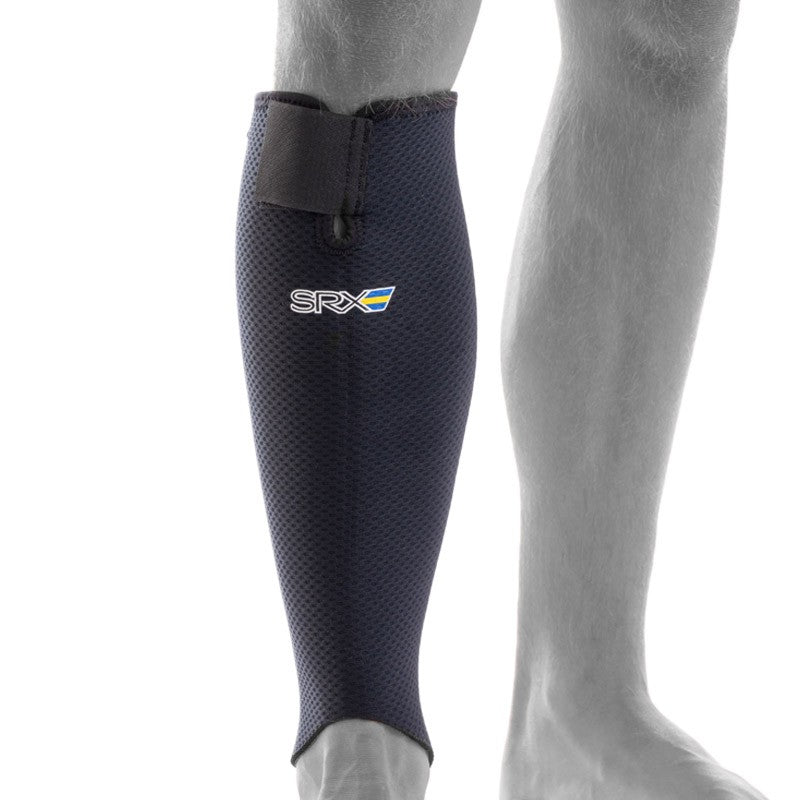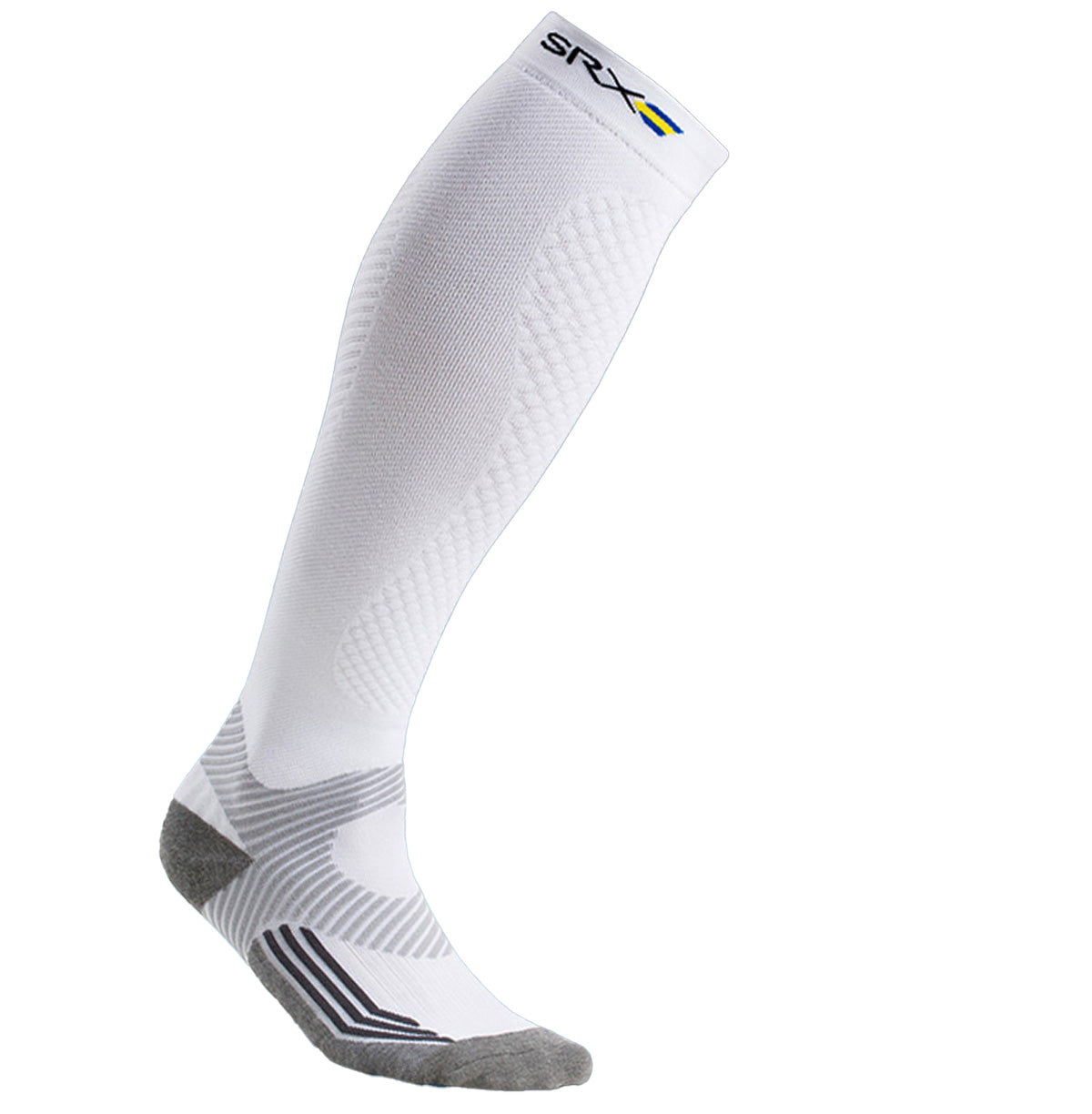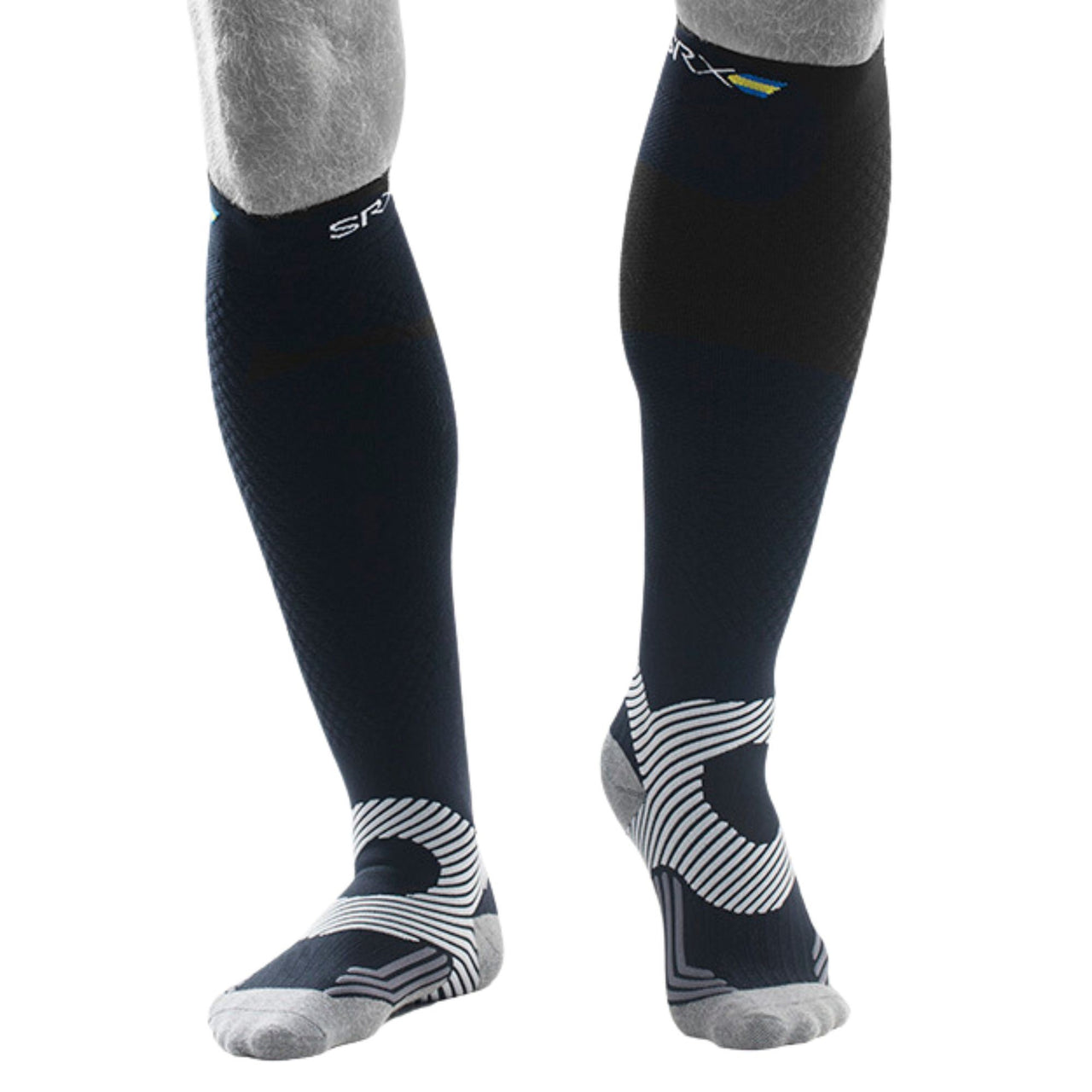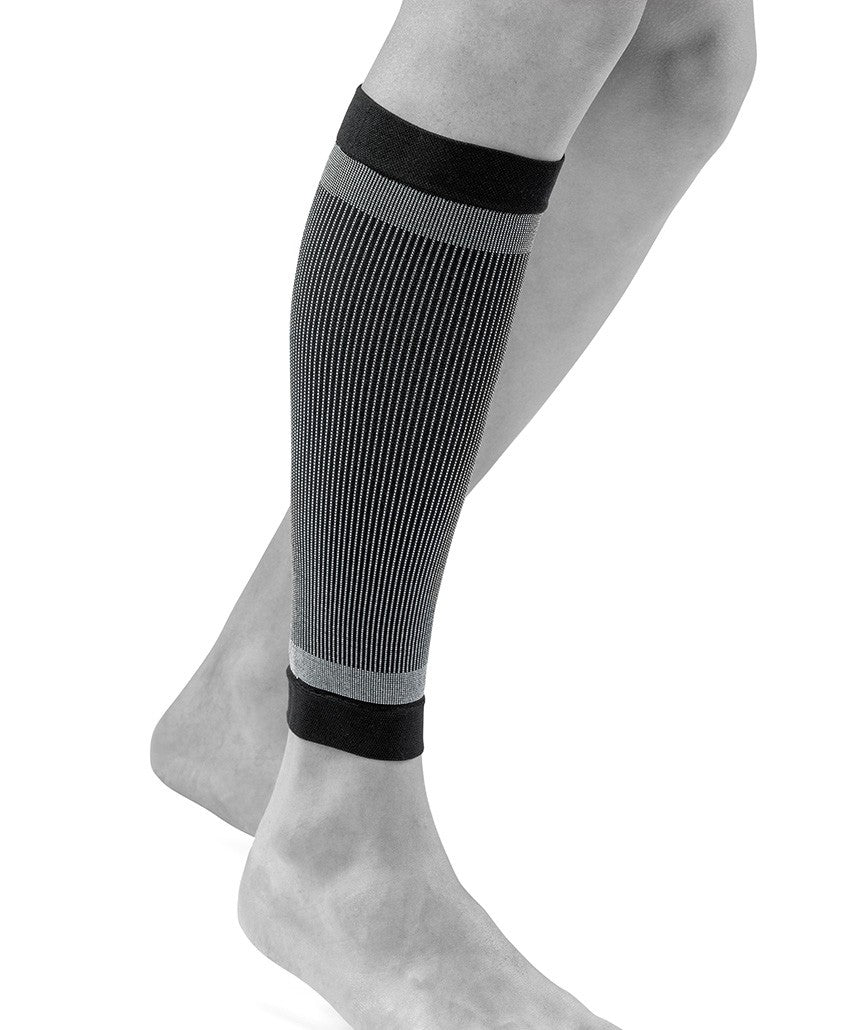Shin splints are an overuse injury that causes pain along the inside of the shinbone. The problems affect both exercisers and athletes and are often related to increased training volume, changing surfaces, or incorrect loading of the foot and lower leg.
What is periostitis?
Periostitis is an irritation or inflammation of the periosteum around the muscles on the inside of the lower leg. The condition is common in runners and others who exercise with repetitive loads. The pain often occurs during activity, subsides with rest, but returns with repeated exercise. The cause may be overload, anatomical factors such as pronation/supination, or inadequate equipment such as unstable shoes.
Common causes & risk factors
Periostitis is often caused by overtraining, rapidly increasing training volume, or switching between hard and soft surfaces. Anatomical factors such as overpronation or supination of the foot can create misalignment and contribute to the problems. Unstable shoes or inadequate shock absorption also increase the risk. Even hypothermia during cold seasons can worsen the symptoms.
Symptom
-
Pain along the inside of the shinbone during activity
-
Tenderness and pressure pain locally on the lower leg
-
Heat increase and sometimes swelling in the affected area
-
Increasing pain with increased load
-
Alternating symptoms with better and worse periods
When should you seek medical attention?
If the pain does not subside despite rest and self-care, or if the problems worsen and prevent you from everyday activities, you should contact healthcare.
Recommended protection & support
Treatment is based on relieving the affected area and correcting underlying causes.
-
Shock-absorbing and stable shoes to reduce misalignment
- Pronation or supination insoles to correct foot misalignment
-
Compression calf support that increases circulation, reduces pain and helps keep the lower leg warm
-
Gradual increase in exercise and alternative forms of exercise such as cycling or swimming can relieve the strain on the lower legs.
Preventive measures such as proper warm-up, gradual increase in training volume and correct shoe selection are crucial to avoid recurring problems.




